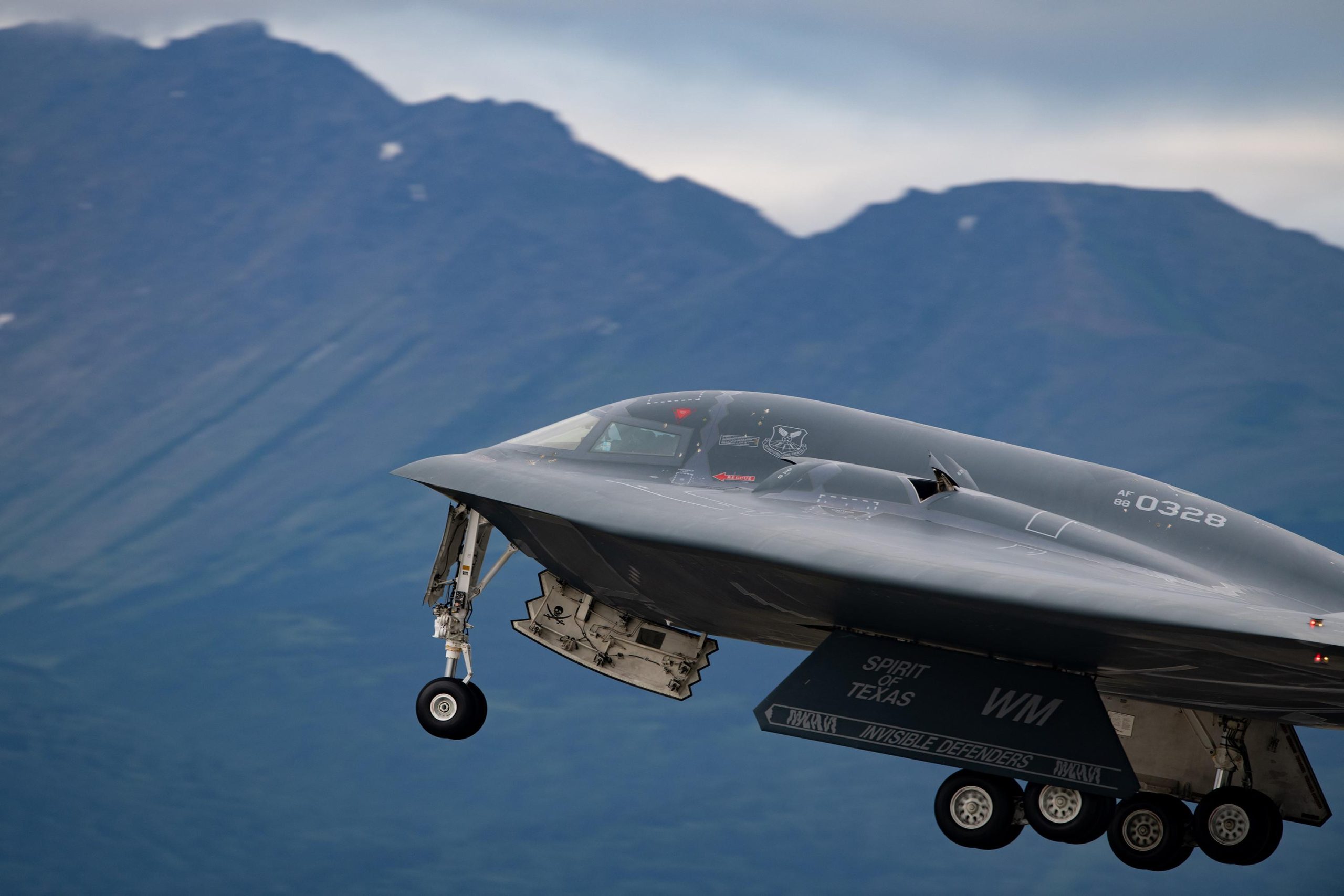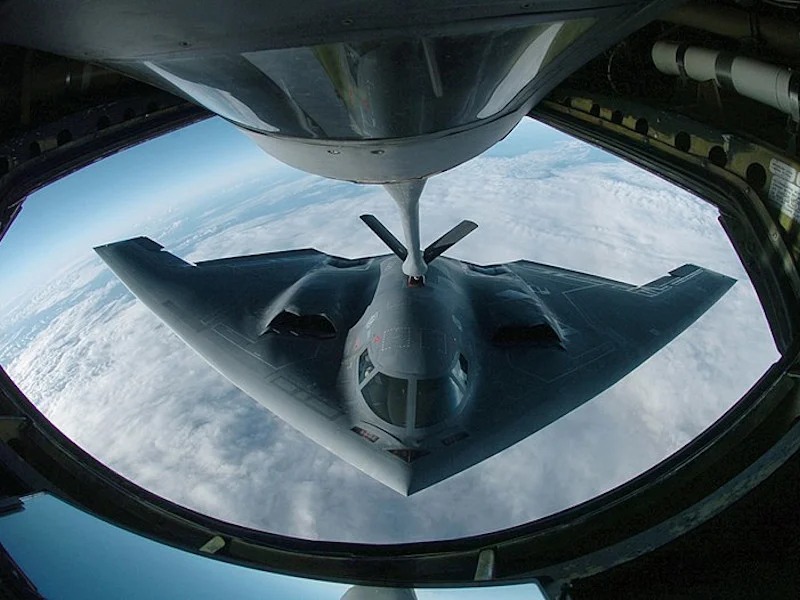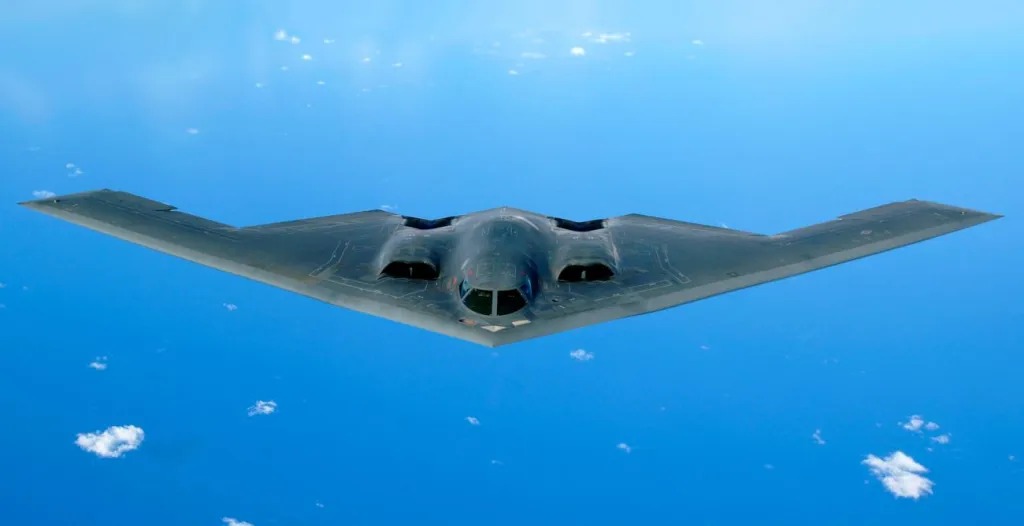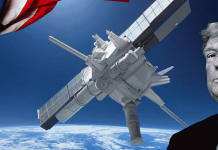In a key achievement for the US Air Force, Lt. Col. Justin Meyer recently became the first pilot to accumulate over 2,000 flight hours in the B-2 Spirit stealth bomber.
The 131st Bomb Wing announced this crucial milestone on its Facebook page, highlighting Meyer’s dedication and exemplary service.
“Congratulations to Lt. Col. Justin Meyer for recently becoming the first Air Force pilot to surpass 2,000 flight hours in the B-2 Spirit,” read the post, underscoring this milestone in aviation history.
Lt. Col. Meyer expressed his deep sense of honor and appreciation for reaching this milestone.
“It’s truly an honor to be the first Air Force pilot to hit 2,000 hours in the B-2. I’ve really just focused my career on being a resident expert and chasing excellence, which led me to Weapons school and eventually the 110th Bomb Squadron, one of two combat bomb squadrons at Whiteman AFB. I’ve had so many incredible opportunities along the way which I have felt incredibly grateful and blessed to have experienced,“ Meyer said.
The B-2 Spirit, known for its stealth capabilities and strategic importance, plays a vital role in the US Air Force’s defense operations.
Despite being introduced in the early 1990s, the B-2 Spirit remains a critical component of the U.S. Air Force’s arsenal. The B-2’s stealth technology, substantial payload capacity, and ability to perform long-range strike missions ensure its status as a powerful deterrent against US adversaries.
For many years, it was the world’s only stealth bomber. However, the US has been developing a new stealth bomber, the B-21 Raider, which successfully completed its maiden flight in November last year.
The Air Force praises the B-2, a two-man strategic bomber built by Northrop Grumman, for its unparalleled capability to deliver massive firepower rapidly anywhere in the world, penetrating previously impregnable defenses. Its stealth features enable it to perform missions that other bombers, such as the B-52 and B-1, cannot achieve.
Logging 2,000 flight hours in such a sophisticated and demanding aircraft highlights Meyer’s exceptional skill, dedication, and commitment to excellence.
Meyer’s achievement also sets a new benchmark for Air Force pilots and underscores the value of experience and proficiency in maintaining the B-2 Spirit fleet’s operational effectiveness.

Interesting Facts About B-2 Spirit
The B-2 Spirit, a pinnacle of US Air Force technology, is the most expensive aircraft in the fleet. Each jet costs a staggering $2.1 billion. The operational costs are equally amazing, amounting to $135,000 per hour.
The B-2 Spirit is designed with a stealthy flying wing configuration, which minimizes its radar cross-section and infrared signature, making it challenging for enemy AD systems to detect. It can carry both gravity bombs and cruise missiles and is equipped to deliver the B61 and B83 thermonuclear bombs.
Annually, maintaining a single B-2 requires over $44 million. Initially, the Air Force intended to acquire 132 of these stealth bombers, but Congress limited the order to 21. With two lost in crashes, only 19 remain in service.
The B-2 Spirit first showcased its combat prowess during the Kosovo War in 1999, delivering precise strikes on Serbian targets. Since then, it has been deployed in various conflict zones, including Iraq and Afghanistan, repeatedly proving its strategic value.

One of the B-2’s most striking features is its unique design. Lacking a fuselage or tail, the aircraft is a flying wing, which necessitates highly precise control of its surfaces.
The inherent instability of flying-wing designs is countered by a sophisticated quadruplex computer-controlled fly-by-wire system. Northrop Grumman, the manufacturer, developed all B-2 components from scratch, including specialized tools, software, test equipment, and 3-D modeling systems. The aircraft’s design aims to deflect radar beams, with large flat surfaces acting like tilted mirrors.
The B-2 holds the record for the longest air combat mission. In 2001, the Spirit of America, alongside five other B-2s, flew a 44-hour mission over Afghanistan. This historic flight included a brief refueling stop, during which the engines remained running, followed by a return to Missouri, totaling over 70 consecutive hours in the air.
Captain Chris “Thunder” Beck, a former B-52 pilot, highlighted the demanding nature of such long-duration flights. Speaking to Defense News, he remarked, “After you do a few [long-duration flights], anything under 20 hours doesn’t seem like a big deal. My personal record is 33 hours, but you have to keep focused on the bigger picture — what you and your crew are trying to achieve. That helps the time pass.”
To manage these extended missions, the B-2 is equipped with amenities to ensure crew comfort. The aircraft features a bed, a toilet, and a microwave, allowing one crew member to rest, use the facilities, or prepare a meal while the other monitors the instruments.
This level of accommodation is unique compared to other two-seater aircraft, where both pilots must usually remain at the controls.

The B-2’s redundancy in critical systems, particularly hydraulic and electrical components, enhances its reliability. Further, the B-2 Spirit has also made a notable impact in popular culture, frequently appearing in Hollywood films.
During the 1996 filming of “Armageddon,” actor Jason Isaacs had a memorable encounter with a B-2 bomber in a giant California hangar, describing the experience as stepping into a disorienting ‘primeval swamp.’
The B-2 has also been featured in movies such as “Independence Day,” “Iron Man 2,” “Cloverfield,” “Airplanes,” “Rampage,” and “Captain Marvel,” solidifying its status as Hollywood’s favorite aerial cameo.
The B-2 Spirit, with its unparalleled stealth capabilities, advanced design, and significant operational history, continues to be a formidable asset for the US Air Force and a symbol of modern military aviation excellence.
- Contact the author at ashishmichel(at)gmail.com
- Follow EurAsian Times on Google News




